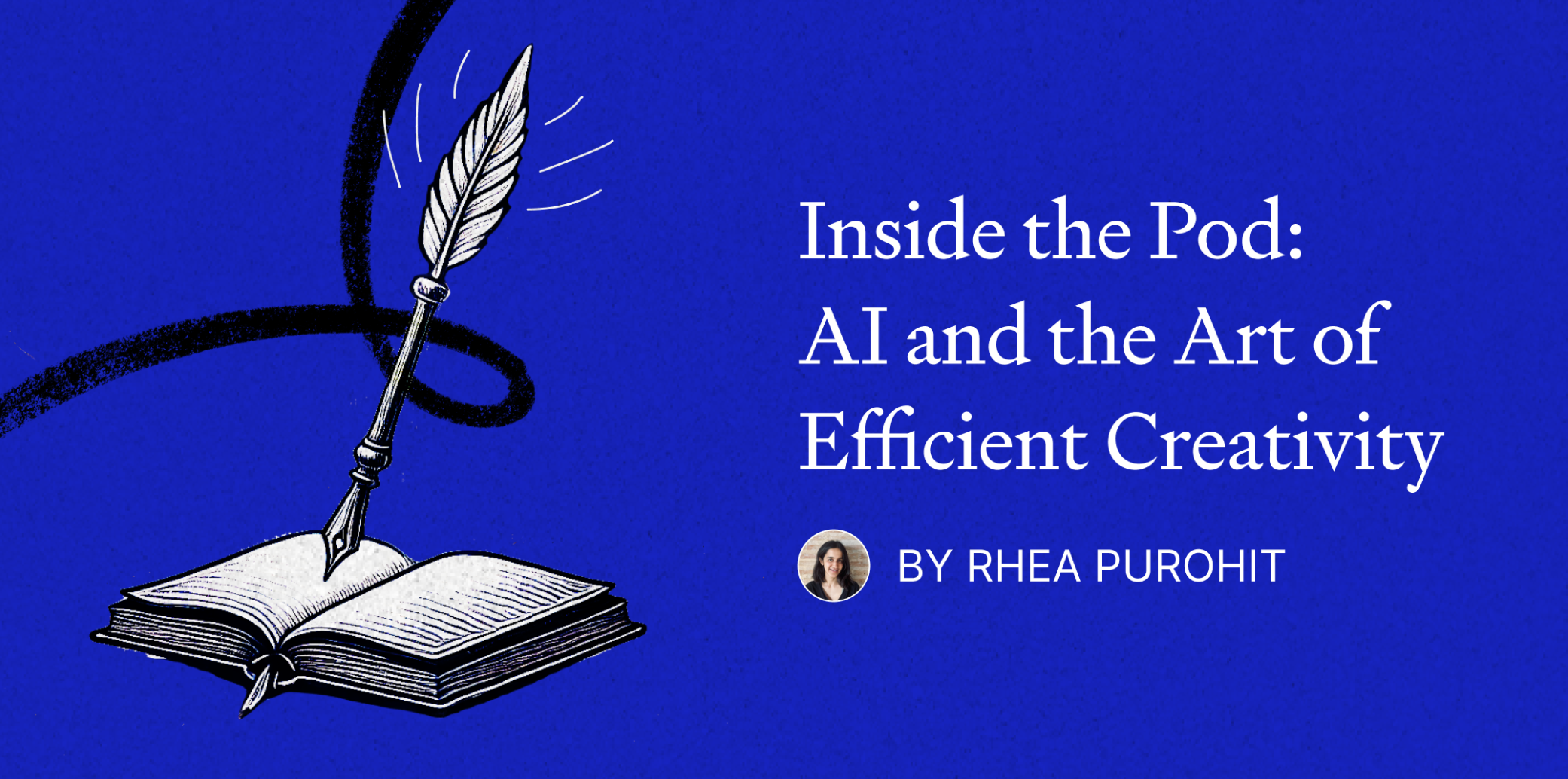Inside the Pod: AI and the Art of Efficient Creativity

🌈 Abstract
The article discusses how AI tools like ChatGPT can help writers and creative professionals automate tedious tasks, allowing them to focus on the parts of their work they enjoy the most. It explores how author Seth Stephens-Davidowitz used ChatGPT to write his latest book in just 30 days by outsourcing tasks he found boring, such as formatting citations, proofreading, and data analysis.
🙋 Q&A
[01] Outsourcing Tedious Tasks to ChatGPT
1. What kinds of tedious tasks did Stephens-Davidowitz outsource to ChatGPT when writing his book?
- Stephens-Davidowitz outsourced tasks like formatting citations, proofreading for typos, and dealing with backend newsletter software to ChatGPT.
- He also used ChatGPT to help him brainstorm a backronym for a basketball metric he created, called MUGGSIES, which stands for "Metric For Understanding Game, Given Sporting Individual's Effectiveness and Size."
- Additionally, Stephens-Davidowitz used ChatGPT's Advanced Data Analysis feature to generate charts and histograms from datasets, which he found much more convenient than doing these tasks manually.
2. How did Stephens-Davidowitz's iterative process with ChatGPT help him clarify his own thought process?
- Stephens-Davidowitz noted that the iterative process of going back and forth with ChatGPT several times was important, as it helped him clarify his own thought process. He used this approach when brainstorming the backronym for the MUGGSIES metric.
3. What was Stephens-Davidowitz's key insight about the way ChatGPT generates responses?
- Stephens-Davidowitz highlighted that a common misunderstanding about ChatGPT is that it can produce great responses in one go. Instead, he argues that getting good results from AI is an iterative process, where you need to provide more detailed prompts and feedback to refine the model's output.
[02] Analyzing Olympic Athlete Data with ChatGPT
1. What was the initial approach ChatGPT took to determine which Olympic sport Dan would be most likely to medal in?
- ChatGPT's initial approach was to identify the number of Olympic athletes within a range of 5 centimeters of Dan's height and 5 kilograms of his weight for each sport, and then rank the sports based on this analysis.
2. What flaw did Stephens-Davidowitz identify in ChatGPT's initial approach?
- Stephens-Davidowitz noted that ChatGPT's initial approach was flawed because it was skewed toward sports with more athletes overall, rather than considering the percentage of athletes within the specified height and weight range.
3. How did Stephens-Davidowitz instruct ChatGPT to refine its analysis?
- Stephens-Davidowitz prompted ChatGPT to divide the number of athletes within the height and weight range by the total number of athletes in each sport, in order to get the percentage. He also asked ChatGPT to focus the analysis on American athletes specifically and reduce the height tolerance range to 2 centimeters.
4. What mistake did Stephens-Davidowitz identify in ChatGPT's refined analysis?
- Stephens-Davidowitz realized that the original dataset contained repeated entries for athletes who competed in multiple Olympic games, and ChatGPT was mistakenly treating these as distinct individuals, effectively double-counting some athletes in its calculations.
5. What was the final result of the analysis, and what sport did it suggest Dan would be most likely to medal in?
- After correcting the issue with repeated athlete entries, the final analysis suggested that the Olympic sport Dan would be most likely to medal in is the modern pentathlon.